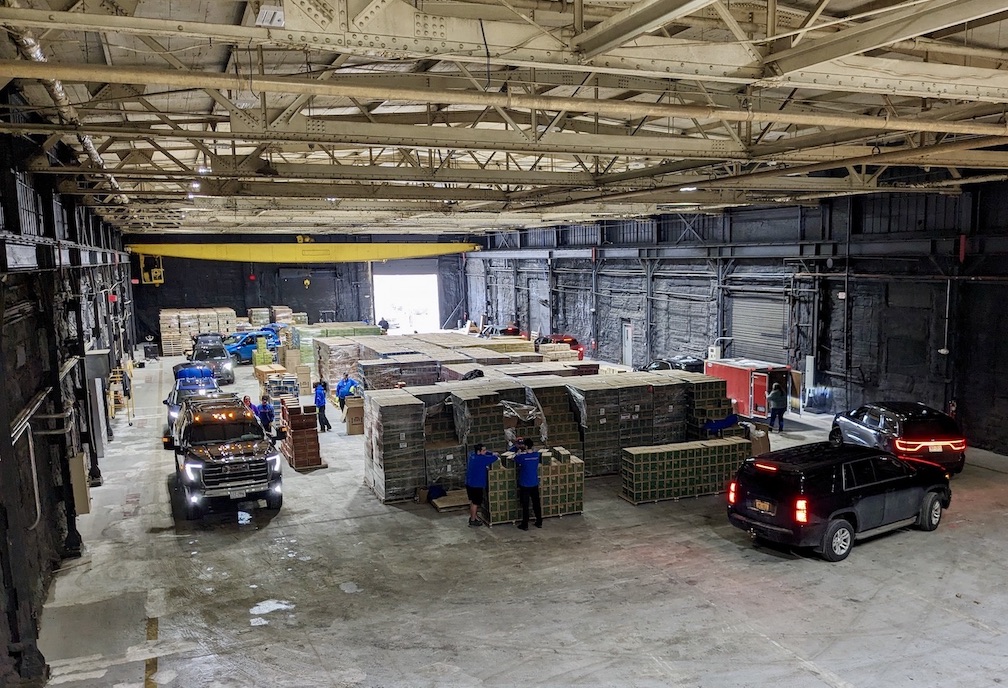Featured News - Current News - Archived News - News Categories
Snow and ice have been causing significant disruptions throughout the country this year, and as temperatures begin to rise, flooding due to snow and ice melting could cause costly property damage.
The Insurance Institute for Business & Home Safety urges property owners who have experienced significant snowfall and freezing temperatures this winter to evaluate their flood risks as warmer weather arrives.
"The most important things home and business owners can do from a safety perspective is to pay close attention to local weather reports and alerts from the National Weather Service," said Julie Rochman, IBHS president and CEO. "In addition, we urge residents to follow the instructions of local emergency officials when flooding is imminent, and we especially caution everyone to obey all evacuation orders from local authorities."
When temperatures rapidly increase, so does the rate at which snow and ice melt. This can be a serious problem for areas that have received large amounts of snow and ice throughout this severe winter season. Frozen soil also increases the risk of flood as water from melting snow and ice is not able to seep into the ground.
"If you still have snow piles surrounding your home, try to move those away from your foundation to avoid water from leaking into your home," Rochman said. "Also, keep in mind that rain can cause snow to melt faster, which can contribute to possible flooding in your area."
If flooding is imminent, find out how you can prevent damage using IBHS resources. Additional IBHS winter weather resources are available at https://www.disastersafety.org/freezing_weather/, or on the IBHS Facebook page at https://www.facebook.com/disasterprep.
How to Prevent Property Damage When Flooding is Imminent
•Clear drains, gutters and downspouts of debris.
•Move furniture and electronics off the floor, particularly in basements and first floor levels.
•Roll up area rugs, where possible, and store these on higher floors or elevations. This will reduce the chances of rugs getting wet and growing mold.
•Inspect sump pumps and drains to ensure proper operation.
•Shut off electrical service at the main breaker if the electrical system and outlets may end up under water.
•Place all appliances, including stoves, washers, dryers, etc., on masonry blocks or concrete at least 12 inches above the projected flood elevation.
•Seal any cracks in walls, openings, or your foundation using masonry caulk or hydraulic cement.
•Consider installing backflow valves, which are designed to prevent water from flowing into your house through local sewer lines.
•Create an emergency preparedness kit and evacuation plan.
About The Insurance Institute for Business & Home Safety
IBHS is an independent, nonprofit, scientific research and communications organization supported by the property insurance industry. The organization works to reduce the social and economic effects of natural disasters and other risks on residential and commercial property by conducting building science research and advocating improved construction, maintenance and preparedness practices.





























